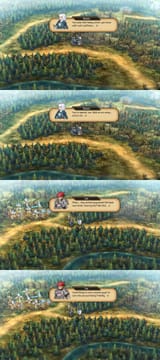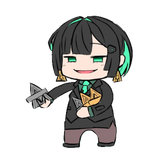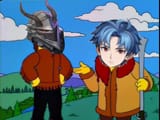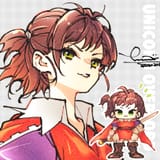>>3797540>That is absolutely not comparable to what UO is doing, You're the one not getting it.
In AW, FE and UO you control individual units A, B, C, D, E, etc. In all games you command these units to move, use active abilities (more so in UO, less so in AW) and attack.
In FE the calculaction of the attack of unit A is based off 1 character, then a visualization plays out.
In AW the calculcation of the attack of unit A is based on raw stats of the unit, with maybe some modifiers from terrain (also a thing in FE and UO) and the CO.
In UO the calculcation of the attack of unit A is based off 5 characters, then a visualization plays out.
You get hung up on the visualization for UO only, because you don't understand this.
The calculcation of the attack in UO is far more complex since it factors in 5 characters with individual gear, skills and classes. This also means there is way more room for customization for how that individual unit A performs, which also means there are different ways of handling strengths and weaknesses (and avoid the simplistic rock-paper-sciccor structure of FE).
The additional reason for this it allows the game to feel like you're recruiting and building an actual army. Because 10 units of 5 characters means you can field a total of 50 characters in a battle. Way more than FE or similar games.
If you're claiming you'd want to manually control the visualization element of 10 units of 5 characters for every single "attack" command the unit makes you're wrong, because that would instantly turn encounters into +1 hour slogs and the devs would actually be forced to reduce the max unit cap you can field to not torpedo the pacing of encounters. Regardless of it being as illogical as wanting to manually control an attack command in Advance Wars to control every individual soldier or the individual back and forth visualization attacks in a FE game.
Let alone that thematically it's about commanding an army, not only managing like a dozen kids (FE).









